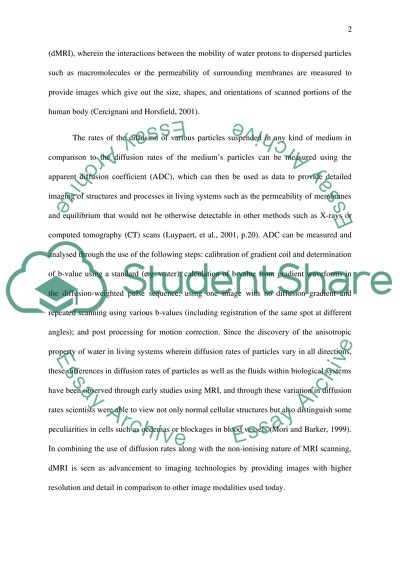Cite this document
(“Diffusion Magnetic Resonance Imaging Assignment”, n.d.)
Retrieved from https://studentshare.org/health-sciences-medicine/1485031-mri-diffusion
Retrieved from https://studentshare.org/health-sciences-medicine/1485031-mri-diffusion
(Diffusion Magnetic Resonance Imaging Assignment)
https://studentshare.org/health-sciences-medicine/1485031-mri-diffusion.
https://studentshare.org/health-sciences-medicine/1485031-mri-diffusion.
“Diffusion Magnetic Resonance Imaging Assignment”, n.d. https://studentshare.org/health-sciences-medicine/1485031-mri-diffusion.


